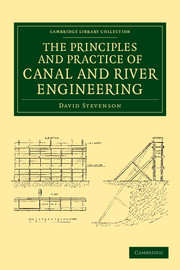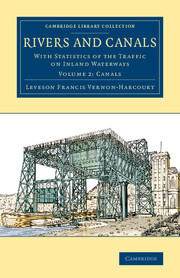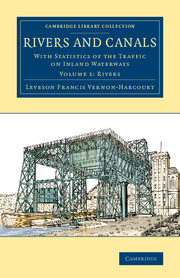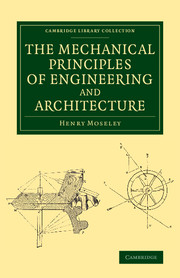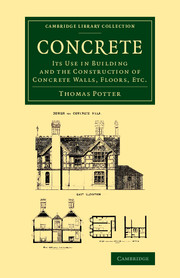The Principles and Practice of Canal and River Engineering
One of the leading figures in the age of great engineers, David Stevenson (1815–86) was the son of a lighthouse builder, and while studying at Edinburgh University he was already gaining experience at his father's side. It is for his lighthouses and works of inland navigation that he is best remembered: he designed Britain's most northerly lighthouse and worked on improving navigation on rivers such as the Dee, the Forth and the Clyde. His article on inland navigation for the Encyclopaedia Britannica was published separately in 1858, and was revised and updated for this second edition in 1872. Although Stevenson acknowledges that the age of the canal has been superseded by the age of the railway, he maintains that there is much to learn from the older technology. Illustrated with cross-sections and plans, this work will be of interest to readers seeking to explore the history of Britain's industrial infrastructure.
Product details
May 2013Paperback
9781108057721
396 pages
234 × 156 × 21 mm
0.55kg
74 b/w illus. 7 maps
Available
Table of Contents
- Preface to second edition
- 1. Barge canals
- 2. Ship canals
- 3. The compartments of rivers defined
- 4. Hydrometric observations
- 5. Discharge of rivers
- 6. The 'river proper' compartment
- 7. Tidal propagation and tidal currents of rivers
- 8. Tidal compartment - works for its improvement
- 9. Application of those works in practice
- 10. Situations where the principles of improvement recommended are not applicable
- 11. Works for accommodation of vessels
- 12. 'Sea proper' compartment of rivers
- 13. Reclamation and protection of land
- 14. Crossing of navigations by railway bridges
- Physical characteristics of rivers
- Index.

